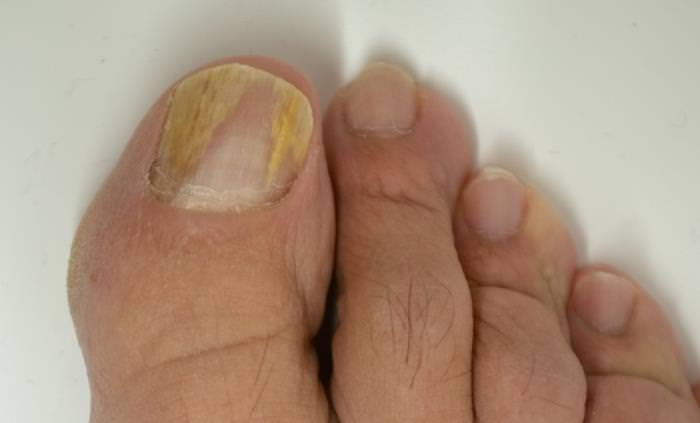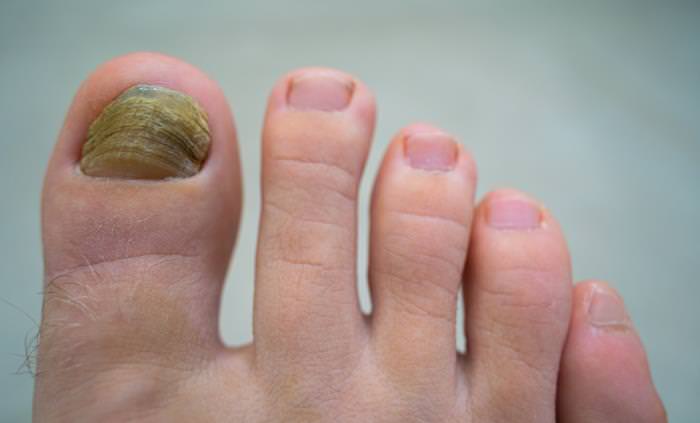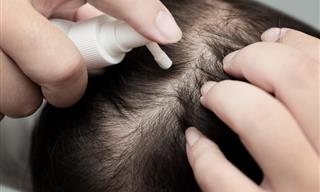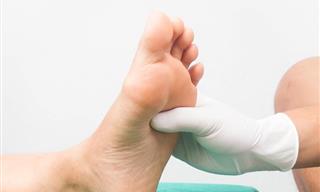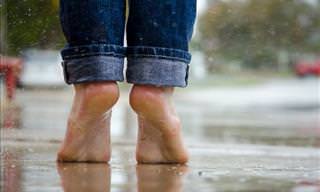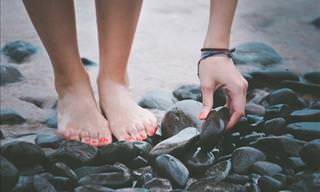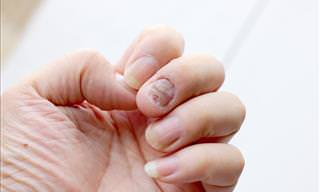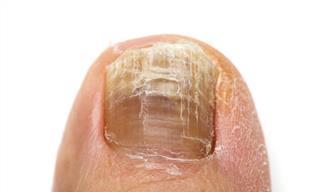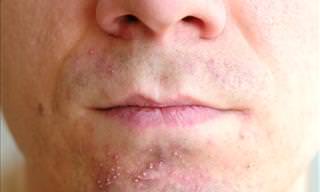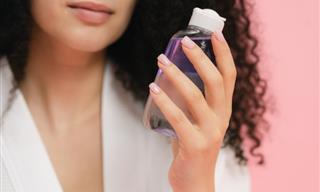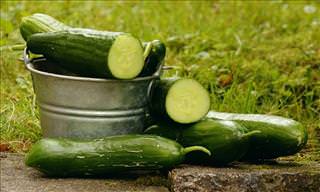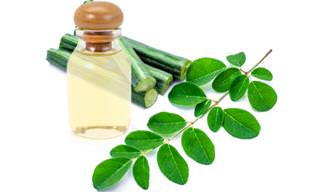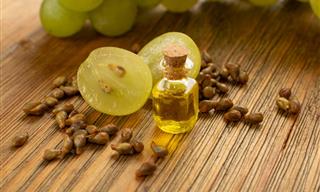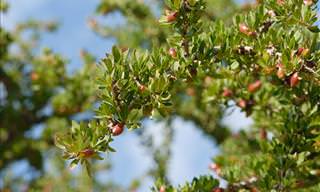Our feet are quite literally under a lot of pressure. They are the ones to carry our entire body weight, and they do so loyally every day of our lives. Naturally, you take the best care of them, clipping your toenails regularly, using the occasional foot cream, and purchasing comfortable shoes. Then where on earth did these yellow toenails come from?
As it turns out that yellowing toenails are a more common occurrence than you would think. As much as half of the population over 70 will have experienced yellow toenails. It affects about 10% of the general population and 20% of those over 60.
Several reasons lead to a yellowing toenail. Let's review them and examine the varying treatment methods of yellowing toenails.
1. Fungus
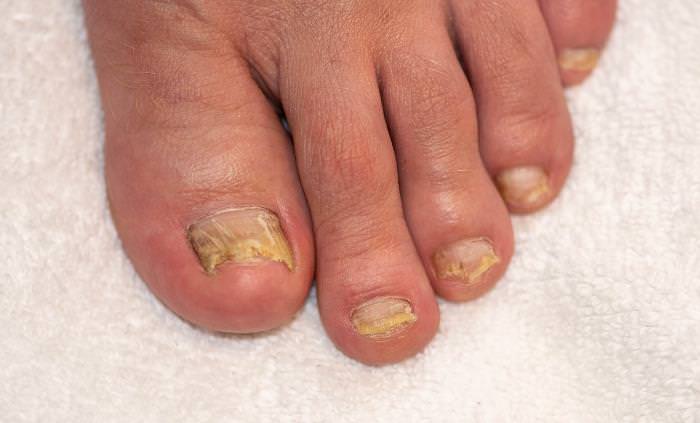
A fungal infection called onychomycosis is the most common cause of yellow toenails. Other indicators of the fungus are odor, the thickening of the nail, and debris accumulating under your nail. These are very easy to pick up anywhere you go barefoot, except in very dry areas. Even the smallest, undetectable break in the skin will allow this fungus to infect your nail.
Excessive sweating will also increase your chances of catching a fungus.
A history of Athlete's Foot also puts you at a greater risk of developing fungal toenail infections. Also called tinea pedis, it affects the skin first but can spread to the nails. Athlete's foot is caused by a fungus called tinea. It can affect anyone, especially those who visit public spaces where people walk barefoot.
The symptoms will show on the skin: discomfort between the toes, itching blisters, peeling and drying skin, and eventually, yellow toenails that thicken or crumble.
Treatment can involve over-the-counter or prescription topical creams, steroids, or oral antibiotics. This can take up to a year of treatment.
You may also find relief in warm water soaks with vinegar or salt to dry up blisters. Alternative therapies include the use of tea tree oil. During your treatment, wash your socks, linens, and towels in water as hot as 140°F (60°C) or more and use a disinfectant spray on your shoes daily.
Prevention methods include the use of antifungal powder on your feet and wearing footwear made of breathable materials, such as cotton or woolen socks and canvas or leather shoes.
2. Age
As all the natural processes in our body lose speed, blood flow to the feet (and with it, oxygen and nutrients carried in the bloodstream) gradually slows down with age, weakening your resistance to fungal infections. But changes in the color, shape, or thickness of the nail due to age can also be natural and not related to any health issues. If the changes aren't drastic, or there is no discomfort, there is probably nothing to worry about. These are simply natural changes happening in your body.
3. Staining or trauma
The excessive use of nail polish (without a clear base coat) will stain your toenails, turning them yellow! Wearing low-quality dyed socks can also stain your nails. This type of discoloration will disappear as your nail grows, and it can sometimes be gently buffed away with a nail file. Leave your nail polish on for no longer than 2 weeks and allow your nails a 1-2-day break before reapplying polish.
A hematoma caused by an injury to the nail can manifest itself as a bruise that is either yellow, black, red, or a dark purplish-blue. It looks like any other bruise, but it will stay on the nail even after the pain goes away. It will go away as the nail grows, but you cannot buff it out. In more severe cases, the nail can permanently remain discolored.
5. Other medical conditions
Sometimes, yellow toenails aren't the problem, but rather a symptom of an underlying condition. If you suffer from diabetes, psoriasis, liver diseases, vitamin deficiencies, tuberculosis, thyroid conditions, jaundice, and several other illnesses, one of the symptoms may be yellow toenails.
 Go to BabaMail
Go to BabaMail




